Early on the second morning I decided to locate at the far end of the reserve and stay for a couple of hours to see what turned up.
Lesser-spotted Woodpeckers are present but not easy to see and the two hours passed without success, but after about an hour a couple, in the literal bonding sense of a male and female Great-spotted Woodpecker, appeared. There was a lot of chasing and calling before the female settled on a branch about 25 yards away. I had the camera on the tripod with the 500mm lens and so turned immediately onto the female. Within a few seconds the male arrived and I was fortunate to see them copulating.
As the camera was on a tripod it will be possible to work the full series of images as a sequence and I’ll post this at a later date, but for now I’ve posted  four images from the group which are representative of the event. It’s the sort of moment that leaves you exhilarated and checking the images to make sure all was ok with the photography.
I then spent a couple of hours around the reserve car park in the hope of getting some good views of a Garden Warbler, which was very vocal but a little elusive. Â On a couple of occasions it showed well and once came so close that I had to change the 500mm to ‘full’ rather than the 10 metres to infinity setting that I would normally have the lens set to in these circumstances as the speed of focusing is quicker at the 10 to infinity range.
At this sort of distance the depth of field will not allow for all the bird to be sharp so it’s essential to focus on the eye and let the rest take care of itself. Photography is all about compromises and it’s never more acute than in wildlife photography. You cant have everything you want and sacrifices have to be made. It’s the photographers choice, experience and skill in such circumstances to weigh everything up and make the decisions that will hopefully give rise to the strongest images.
You have to know where all the settings are on the camera and lens by heart, as there’s not time to be looking and checking to see if things are set correctly. It’s often one hit and that’s it. The other settings that I’m continually switching between are the single-servo AF Â and continual servo AF focus modes on the camera body itself. If the bird is constantly on the go then I’m in continual mode and always aiming to get the single point AF sensor (initially set to the centre) on to the eye. If the bird is moving but then stationary for small periods I’ll be in the single-servo mode, which is where I prefer to be if possible, as it’s a clear locking on process rather than that slight dance in and round the point as the bird moves through the frame that you get with the continual-servo mode. At times I’ll be on manual focus when the AF mode simply cant cope with the situation.
Initially I’ve got the single-point AF sensor set to the centre of the frame. If birds are appearing for brief moments it’s easier to be getting the bird focused in the centre of the view finder and lock on. Of course it may not be the ideal composition with the bird at the centre, but that initial ‘hit’ is all important. When you know you have a sharp image it’s possible, and something I do a fair amount of the time, to move the focus point around the frame thus holding the bird sharp but at a place within the frame that creates a stronger composition. By doing this you are not having to selectively crop the image during post production to gain the framing you are ideally after, thus ultimately maintaining a higher quality image.

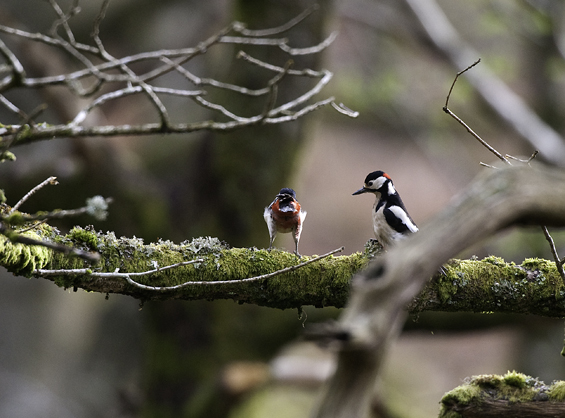
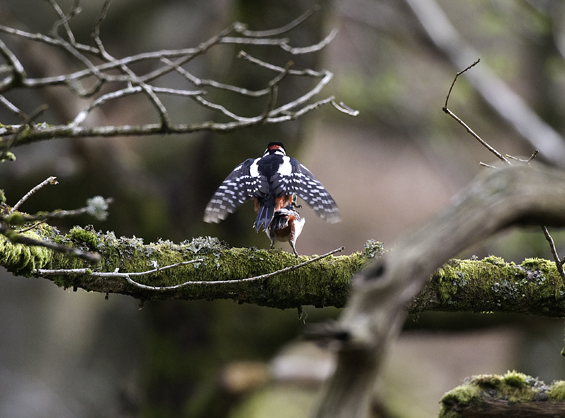
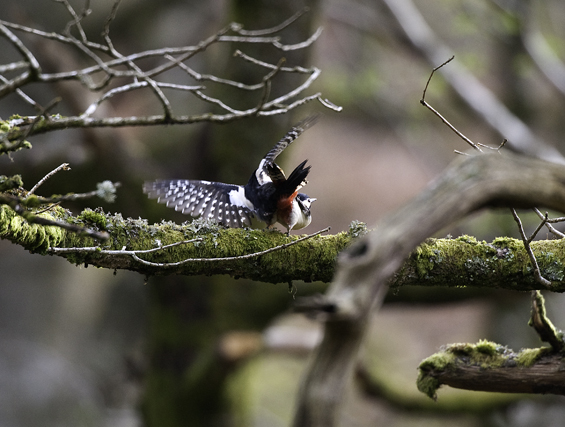


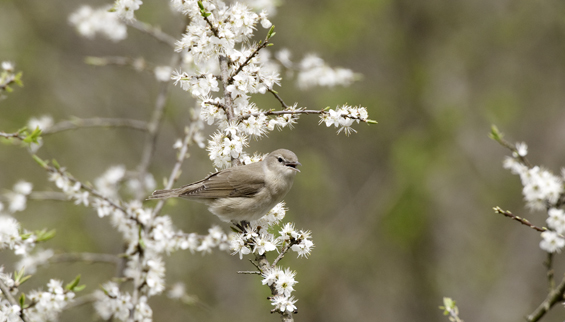

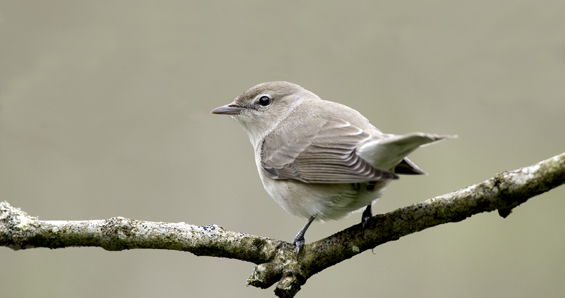
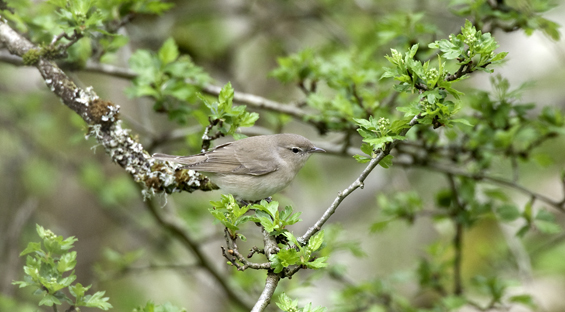
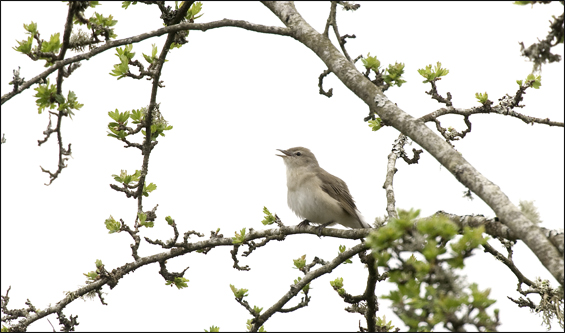
No comment yet, add your voice below!